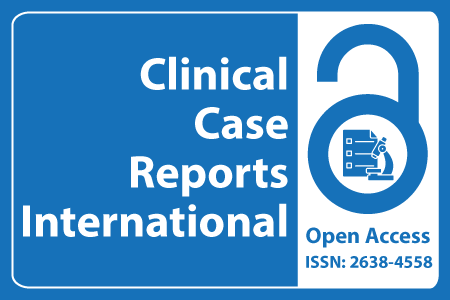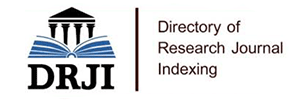
Journal Basic Info
- Impact Factor: 0.285**
- H-Index: 6
- ISSN: 2638-4558
- DOI: 10.25107/2638-4558
Major Scope
- Physical Medicine & Rehabilitation
- Virology
- Sleep Medicine and Disorders
- Women’s Health Care
- Pulmonary Disease
- Allergy & Immunology
- Chronic Disease
- Lung Cancer
Abstract
Citation: Clin Case Rep Int. 2023;7(1):1615.DOI: 10.25107/2638-4558.1615
Experimental Study on Dimensional Variations of 3D Printed Objects Based on Printing Orientation, with Applications in Dentistry
Perlea P, Stefanescu C, Dalaban MG and Petre AE
Department of Endodontics, Carol Davila University of Medicine and Pharmacy, Romania
Department of Prosthodontics, Carol Davila University of Medicine and Pharmacy, Romania
Department of Orthodontics, Carol Davila University of Medicine and Pharmacy, Romania
*Correspondance to: Cosmin Stefanescu
PDF Full Text Research Article | Open Access
Abstract:
This study investigates the accuracy and precision of 3D printing technology in dental applications, focusing on the dimensional outcomes of models printed at different angles. The work involved importing a dental model into slicing software, adjusting its orientation, and creating support structures for stability. The model was then 3D printed using proper equipment and underwent post-processing steps including cleaning, washing and curing the material. Subsequently, the printed models were scanned using a specialized desktop scanner and saved for further analysis. Accuracy evaluation was conducted using dedicated software, comparing the scanned files and employing an algorithm for precise alignment. Color deviation maps were utilized to visually represent variations, aiming to assess how the positioning during printing affects the trueness and precision of 3D-printed dental models. The study's analysis of trueness and precision involved statistical tests using IBM SPSS Statistics software. The color maps generated from the 3D comparison revealed positive and negative deviations, indicated by different colors. Comparing the results, the models positioned at 0° exhibited the least dimensional deviation, while those at 90° showed the highest. In terms of precision, the models printed at 0° demonstrated the highest reproducibility, while those at 15° exhibited the lowest. In accordance with the desired level of precision, it is recommended that printed models be produced at an inclination angle of 0°.
Keywords:
3D print; Dental model; Resin; Accuracy; Trueness; Software
Cite the Article:
Perlea P, Stefanescu C, Dalaban MG, Petre AE. Experimental Study on Dimensional Variations of 3D Printed Objects Based on Printing Orientation, with Applications in Dentistry. Clin Case Rep Int. 2023; 7: 1615.













